-
 Bitcoin
Bitcoin $78,460.7755
-4.88% -
 Ethereum
Ethereum $1,558.5692
-11.54% -
 Tether USDt
Tether USDt $0.9994
0.02% -
 XRP
XRP $1.8772
-9.65% -
 BNB
BNB $551.3710
-4.96% -
 USDC
USDC $0.9999
0.01% -
 Solana
Solana $105.7177
-8.11% -
 Dogecoin
Dogecoin $0.1473
-8.99% -
 TRON
TRON $0.2275
-4.91% -
 Cardano
Cardano $0.5731
-8.32% -
 UNUS SED LEO
UNUS SED LEO $8.9347
-1.29% -
 Toncoin
Toncoin $3.0026
-9.25% -
 Chainlink
Chainlink $11.2237
-8.26% -
 Stellar
Stellar $0.2300
-8.37% -
 Avalanche
Avalanche $16.4153
-4.20% -
 Shiba Inu
Shiba Inu $0.0...01131
-4.94% -
 Sui
Sui $1.9699
-5.74% -
 MANTRA
MANTRA $6.2737
1.56% -
 Hedera
Hedera $0.1441
-6.80% -
 Polkadot
Polkadot $3.6006
-7.40% -
 Bitcoin Cash
Bitcoin Cash $272.0494
-7.59% -
 Dai
Dai $0.9999
0.00% -
 Litecoin
Litecoin $70.2187
-10.82% -
 Ethena USDe
Ethena USDe $0.9986
-0.03% -
 Bitget Token
Bitget Token $4.0633
-6.47% -
 Pi
Pi $0.5819
-6.56% -
 Hyperliquid
Hyperliquid $11.0739
-2.52% -
 Monero
Monero $199.4060
-5.67% -
 Uniswap
Uniswap $5.1122
-8.93% -
 OKB
OKB $51.0005
-5.20%
What is ICO (Initial Token Issuance)?
ICOs raise capital for crypto projects by selling tokens, offering early access & potential profits, but carry high risks, including scams & regulatory uncertainty; thorough due diligence is crucial.
Mar 20, 2025 at 08:57 am
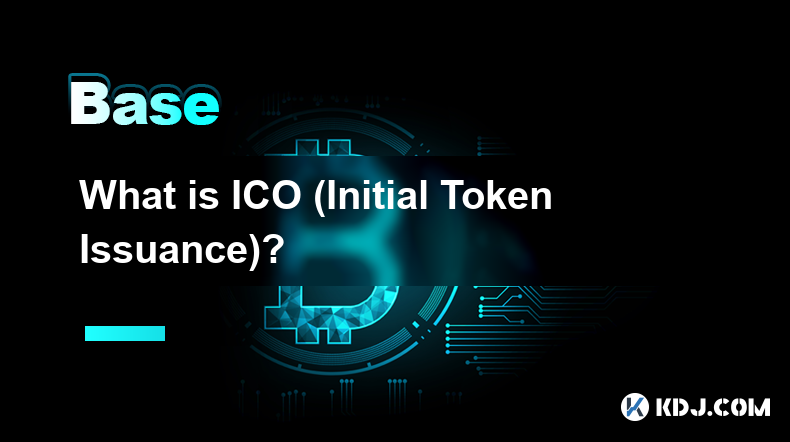
Key Points:
- ICOs are a fundraising mechanism for cryptocurrency projects.
- They involve selling newly created tokens in exchange for established cryptocurrencies like Bitcoin or Ethereum.
- ICOs offer early access to a project's platform or services and potential future value appreciation.
- Significant risks are associated with ICO investments, including scams and project failure.
- Regulatory uncertainty surrounds ICOs globally.
What is ICO (Initial Coin Offering)?
An Initial Coin Offering (ICO) is a fundraising method used by cryptocurrency projects to raise capital. Unlike traditional Initial Public Offerings (IPOs) which involve selling shares in a company, ICOs sell newly created cryptocurrency tokens to investors. These tokens often represent a stake in the project, offering access to future products, services, or voting rights within the project's ecosystem. The funds raised through an ICO are used to develop and launch the project.
How do ICOs work?
ICOs typically involve a multi-stage process. First, a project team develops a whitepaper detailing the project's goals, technology, and tokenomics (how the tokens will be used and distributed). This whitepaper is crucial for attracting investors. Next, the project team establishes a platform (often a website) where investors can purchase tokens. The purchase is usually made using established cryptocurrencies like Bitcoin or Ethereum. Finally, after the ICO concludes, investors receive the purchased tokens, which can then be traded on cryptocurrency exchanges (if listed).
- Develop a Whitepaper: A comprehensive document outlining the project.
- Establish an ICO Platform: A website or platform for token sales.
- Market the ICO: Generate awareness and attract investors.
- Conduct the Token Sale: Investors purchase tokens with existing cryptocurrencies.
- Token Distribution: Investors receive their purchased tokens.
What are the benefits of participating in an ICO?
The primary benefit is the potential for high returns. Early investors in successful ICOs have seen substantial increases in the value of their tokens. Participation also grants early access to the project and its associated products or services. This early access can provide a competitive advantage or exclusive benefits. For some projects, token holders may have voting rights, allowing them to influence the project's development.
What are the risks of participating in an ICOs?
The cryptocurrency market is highly volatile, and ICOs are particularly risky investments. Many ICOs are scams, promising unrealistic returns and failing to deliver on their promises. There's a significant risk of losing your entire investment. The regulatory landscape surrounding ICOs is uncertain, with varying levels of legal protection across jurisdictions. Projects may fail to achieve their goals, rendering the tokens worthless. Furthermore, the lack of due diligence by many investors contributes to the high risk.
How to evaluate the legitimacy of an ICO?
Thorough due diligence is crucial before investing in any ICO. Scrutinize the whitepaper for technical feasibility and financial projections. Investigate the team behind the project, assessing their experience and reputation. Look for independent audits of the project's smart contracts (the code governing the tokens). Examine the project's roadmap and track record, if any. Be wary of unrealistic promises of high returns and guaranteed profits. Always research the legal and regulatory implications in your jurisdiction.
What are some examples of successful and unsuccessful ICOs?
Numerous projects have successfully raised capital through ICOs, with some tokens achieving significant market capitalization. However, many have failed, resulting in investor losses. Researching specific examples can provide valuable insights into the potential outcomes of ICO investments. It is important to note that past performance does not guarantee future success.
What are the regulatory aspects of ICOs?
The regulatory landscape for ICOs is evolving and varies significantly across jurisdictions. Some countries have embraced ICOs, providing regulatory frameworks to protect investors and ensure market integrity. Others have imposed restrictions or outright bans on ICOs due to concerns about fraud and market manipulation. Staying informed about the latest regulatory developments in your region is crucial. Understanding the legal ramifications of ICO investments is paramount for investors.
What is the difference between ICOs and STOs (Security Token Offerings)?
While both ICOs and Security Token Offerings (STOs) are fundraising mechanisms using blockchain technology, they differ significantly. STOs involve the issuance of security tokens, which are subject to securities regulations. This means STOs are typically more regulated and offer investors greater legal protection compared to ICOs, which often lack this regulatory oversight. The distinction lies in the legal classification of the token being offered.
What are some common scams related to ICOs?
Numerous scams exploit the hype surrounding ICOs. These include fake projects with no real product or service, fraudulent teams misrepresenting their credentials, and rug pulls, where the developers abruptly disappear with the investors' funds. Identifying and avoiding these scams requires careful due diligence and critical evaluation of the project.
Common Questions and Answers:
Q: Are ICOs legal everywhere? A: No, the legality of ICOs varies significantly by jurisdiction. Some countries have embraced them, while others have banned or heavily regulated them.
Q: How can I avoid ICO scams? A: Conduct thorough due diligence, including scrutinizing the whitepaper, team, and smart contracts. Be wary of unrealistic promises and seek independent verification.
Q: What is the difference between an ICO and an IPO? A: ICOs sell crypto tokens, representing a stake in a project, while IPOs sell shares in a company. ICOs typically involve less regulatory oversight than IPOs.
Q: Are ICOs a good investment? A: ICOs are inherently high-risk investments. The potential for high returns is matched by the significant risk of complete loss. Careful due diligence is essential before investing.
Q: Where can I find information about upcoming ICOs? A: Various websites and platforms track upcoming and ongoing ICOs. However, always conduct independent research before investing.
Disclaimer:info@kdj.com
The information provided is not trading advice. kdj.com does not assume any responsibility for any investments made based on the information provided in this article. Cryptocurrencies are highly volatile and it is highly recommended that you invest with caution after thorough research!
If you believe that the content used on this website infringes your copyright, please contact us immediately (info@kdj.com) and we will delete it promptly.
- As Ethereum (ETH) Hovers Around $1814 and Dogecoin (DOGE) Stands at $0.072, Whales From Both Ecosystems Are Making a Notable Shift
- 2025-04-07 23:35:11
- DOGE tumbles 4% as Trump’s auto tariffs tank assets linked to Elon Musk
- 2025-04-07 23:35:11
- MANTRA Launches $108,888,888 Ecosystem Fund to Propel RWA Innovation
- 2025-04-07 23:30:12
- Ripple’s XRP Tumbles 15% to a 5-Month Low of $1.64, Liquidations Exacerbate the Plunge
- 2025-04-07 23:30:12
- The MANTRA blockchain ecosystem takes a bold step towards the future of decentralized finance (DeFi)
- 2025-04-07 23:25:11
- WHAT may appear to be small change could, in fact, turn out to be a small fortune
- 2025-04-07 23:25:11
Related knowledge
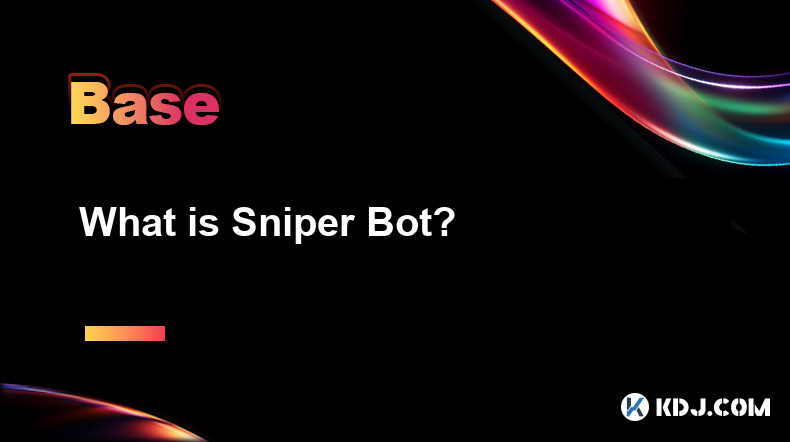
What is Sniper Bot?
Apr 07,2025 at 10:43pm
A Sniper Bot is a type of automated trading software used within the cryptocurrency market to execute trades at optimal times, often milliseconds before other traders. These bots are designed to take advantage of new token listings, price fluctuations, and other market opportunities to buy or sell assets quickly and efficiently. The primary goal of a Sn...

What is Mining Rig?
Apr 07,2025 at 11:08pm
A mining rig is a specialized computer system designed specifically for the purpose of mining cryptocurrencies. Mining, in the context of cryptocurrencies, refers to the process of solving complex mathematical problems to validate transactions and add them to the blockchain. This process requires significant computational power, and a mining rig is buil...
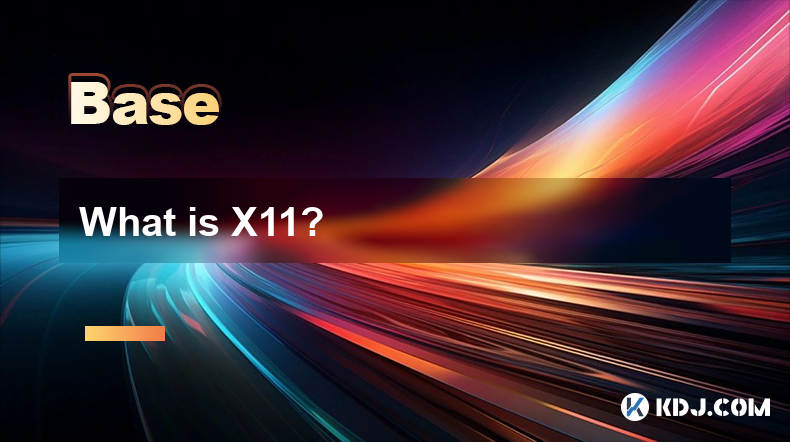
What is X11?
Apr 07,2025 at 09:22pm
What is X11? X11 is a cryptographic hash function used in various cryptocurrencies, most notably in the Dash cryptocurrency. It is designed to provide a high level of security and efficiency, making it a popular choice for blockchain networks. The X11 algorithm is unique because it uses a chain of 11 different hashing algorithms, which enhances its secu...
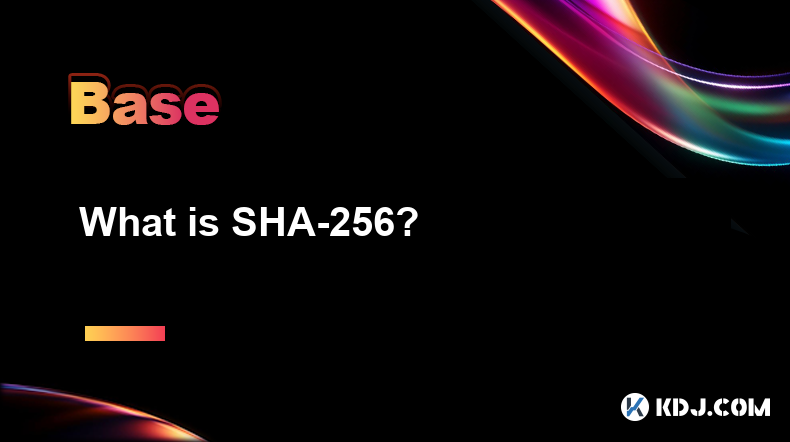
What is SHA-256?
Apr 07,2025 at 11:15pm
What is SHA-256?SHA-256, or Secure Hash Algorithm 256-bit, is a cryptographic hash function that is part of the SHA-2 family of hash functions. It is widely used in the cryptocurrency world, particularly in Bitcoin and other blockchain technologies, for securing data and ensuring the integrity of transactions. This article will delve into the specifics ...
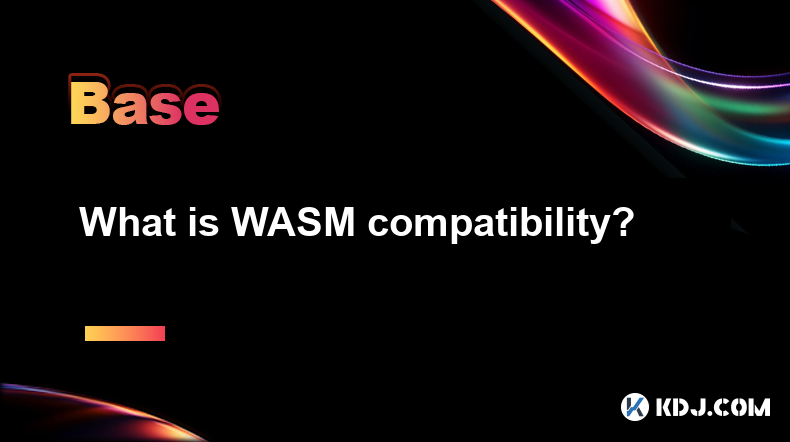
What is WASM compatibility?
Apr 07,2025 at 09:08pm
What is WASM Compatibility? WASM, or WebAssembly, is a binary instruction format for a stack-based virtual machine. It is designed to be a portable compilation target for programming languages, enabling deployment on the web for client and server applications. In the context of cryptocurrencies and blockchain technology, WASM compatibility refers to the...
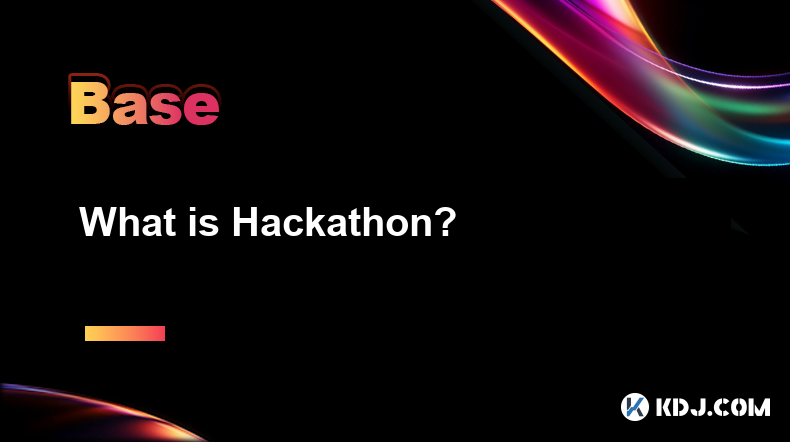
What is Hackathon?
Apr 07,2025 at 10:14pm
A Hackathon is an event where individuals or teams come together to collaborate intensively on software projects, often related to specific themes or challenges. In the context of the cryptocurrency circle, hackathons are frequently organized to foster innovation and development within the blockchain and crypto space. These events bring together develop...

What is Sniper Bot?
Apr 07,2025 at 10:43pm
A Sniper Bot is a type of automated trading software used within the cryptocurrency market to execute trades at optimal times, often milliseconds before other traders. These bots are designed to take advantage of new token listings, price fluctuations, and other market opportunities to buy or sell assets quickly and efficiently. The primary goal of a Sn...

What is Mining Rig?
Apr 07,2025 at 11:08pm
A mining rig is a specialized computer system designed specifically for the purpose of mining cryptocurrencies. Mining, in the context of cryptocurrencies, refers to the process of solving complex mathematical problems to validate transactions and add them to the blockchain. This process requires significant computational power, and a mining rig is buil...

What is X11?
Apr 07,2025 at 09:22pm
What is X11? X11 is a cryptographic hash function used in various cryptocurrencies, most notably in the Dash cryptocurrency. It is designed to provide a high level of security and efficiency, making it a popular choice for blockchain networks. The X11 algorithm is unique because it uses a chain of 11 different hashing algorithms, which enhances its secu...

What is SHA-256?
Apr 07,2025 at 11:15pm
What is SHA-256?SHA-256, or Secure Hash Algorithm 256-bit, is a cryptographic hash function that is part of the SHA-2 family of hash functions. It is widely used in the cryptocurrency world, particularly in Bitcoin and other blockchain technologies, for securing data and ensuring the integrity of transactions. This article will delve into the specifics ...

What is WASM compatibility?
Apr 07,2025 at 09:08pm
What is WASM Compatibility? WASM, or WebAssembly, is a binary instruction format for a stack-based virtual machine. It is designed to be a portable compilation target for programming languages, enabling deployment on the web for client and server applications. In the context of cryptocurrencies and blockchain technology, WASM compatibility refers to the...

What is Hackathon?
Apr 07,2025 at 10:14pm
A Hackathon is an event where individuals or teams come together to collaborate intensively on software projects, often related to specific themes or challenges. In the context of the cryptocurrency circle, hackathons are frequently organized to foster innovation and development within the blockchain and crypto space. These events bring together develop...
See all articles





















































































